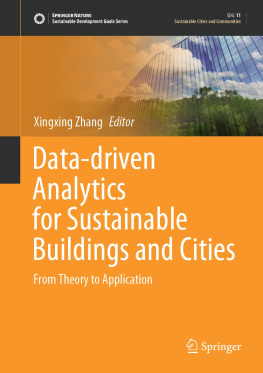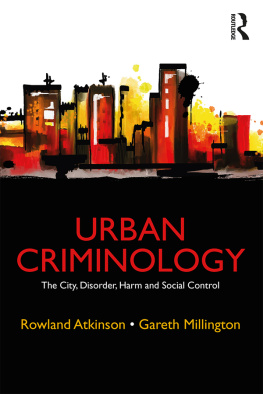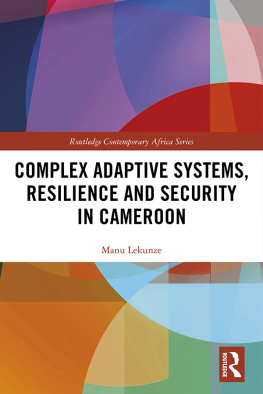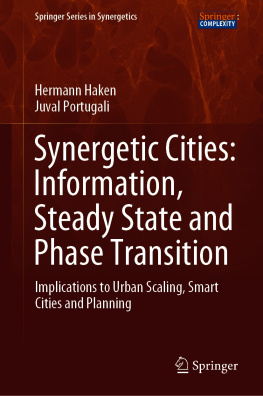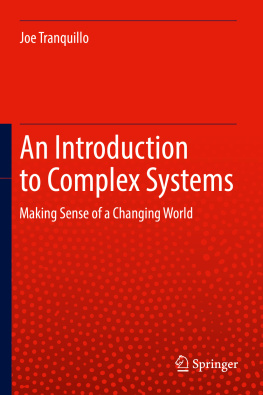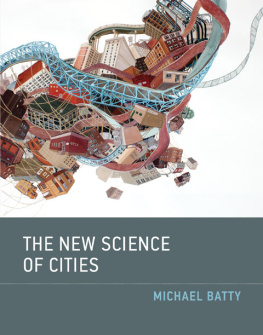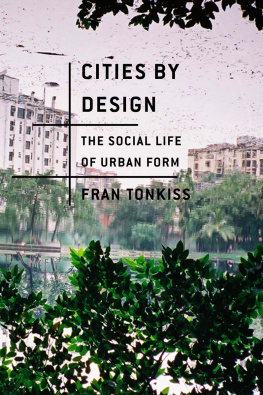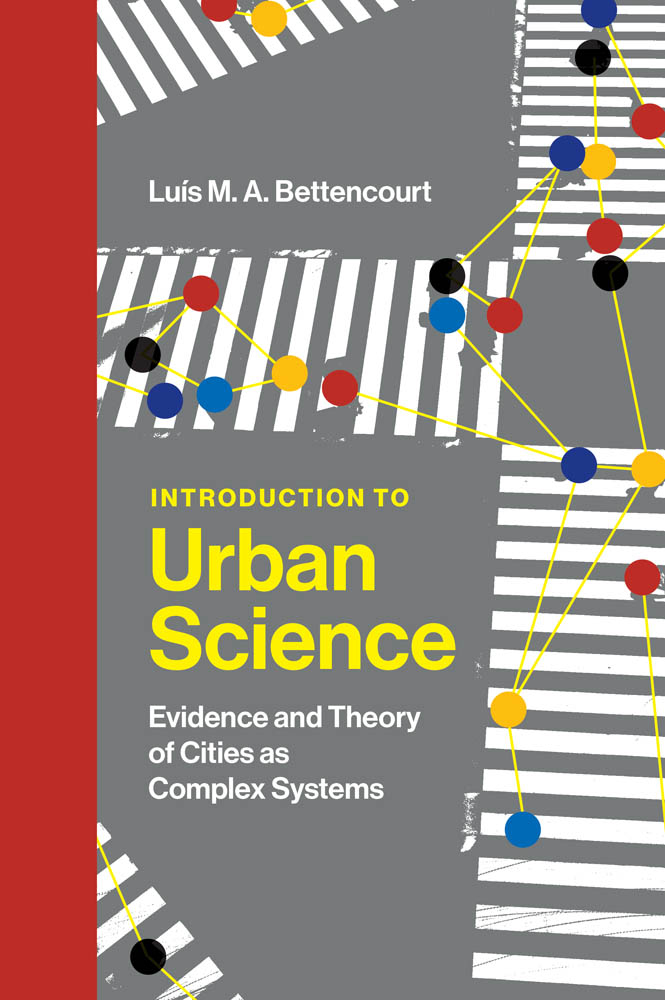All rights reserved. No part of this book may be reproduced in any form by any electronic or mechanical means (including photocopying, recording, or information storage and retrieval) without permission in writing from the publisher.
The MIT Press would like to thank the anonymous peer reviewers who provided comments on drafts of this book. The generous work of academic experts is essential for establishing the authority and quality of our publications. We acknowledge with gratitude the contributions of these otherwise uncredited readers.
Library of Congress Cataloging-in-Publication Data is available.
Names: Bettencourt, Lus M. A., author.
Title: Introduction to urban science : evidence and theory of cities as complex systems / Lus M. A. Bettencourt.
Description: Cambridge, Massachusetts : The MIT Press, [2021] | Includes bibliographical references and index.
Subjects: LCSH: Urbanization. | Cities and townsGrowth. | Urban policy. | System theory.
LIST OF FIGURES
The world has become urban.
Radical urban transformations.
Correlation between extent of national urbanization and per capita GDP.
Human development: Comparing large cities to their nations.
Complexity, interdependence, and the human ecology of urban environments.
Five general properties of cities as complex systems.
Urban science deals with diverse interconnected phenomena across different scales and traditional disciplines.
Modern countryside around the town where von Thnen was born.
Land rents as a function of market prices and transportation costs for different agricultural produce sold at the central market.
Schematic two-region core-periphery model.
Workers agglomeration and dispersal in the core-periphery model.
Tomahawk diagrams characterizing the solutions of the core-periphery model with two regions.
Burgesss conceptual map of the city of Chicago.
Possible utility variation with city size as a result of external agglomeration economies and diseconomies.
Hendersons scheme for variable agglomeration externalities for different dominant industries.
Alonsos model for land rents in the city.
A simple economic model for crime in cities.
Principles of time geography.
Concept of constant travel-time budget.
Marchettis constant.
Definition of functional metropolitan areas.
Urban scaling in the US.
Urban scaling in Europe.
Urban scaling in China.
Example of a network.
Urban scaling theory development in four parts.
Spatial scheme of the small town of Capilco.
Why do settlements have the characteristic size that they have?
The geometry of human mobility in cities.
Scheme of an individuals trajectory.
Interplay between social and infrastructural networks in cities.
The city is not a tree.
Scheme of infrastructure networks in the city and corresponding flows.
Scale independence of the coupling G and its range for city stability.
Human interactions scale superlinearly with city size.
Statistical distributions of degree for different measures of connectivity and city definitions.
The clustering coefficient is invariant, while contagion accelerates with city size.
COVID-19 reported cases grow superlinearly with city size.
Urban land expansion of Chinese prefectural cities.
Built-up area of 20 US urban areas in 1992.
Relationship between population, built area, and the fractal dimension for 20 metropolitan areas in the US in 1992.
Building heights, height distributions, and land rents in US MSAs.
Relation between average building height and building shape.
Impact of building height on energy use and mobility.
Scaling of walking speed in cities versus population size and of the heart rate of organisms versus their mass.
Topology of places and city block complexity.
Neighborhood topology and the access networks of informal settlements.
Expanding street networks in underserviced city blocks.
Section of Nairobi, Kenya, showing how deficits in local infrastructure can be diagnosed in every city block and minimal extensions of the street network proposed that create universal access.
Urban scaling and the dynamics of growth and deviations.
Rank-ordered distribution of scaling residuals.
Temporal evolution of scale deviations displays long-term memory.
Relationships between local urban performance and their spatial distribution.
Families of kindred cities.
Scaling of excess traffic congestion costs in a subsample of 100 US cities.
Convergence, spatial equilibrium, and individual city trajectory typology.
City typologies are not universal.
Scaling relations for various urban indicators in Brazilian cities.
Distribution of SAMIs and their standard deviation.
SAMIs for several urban indicators versus those for homicides in Brazilian cities.
Residuals and per capita metrics for crime in Indian urban agglomerations.
Residuals and per capita metrics for technological innovation in Indian urban agglomerations.
Distribution of SAMIs for Chinese prefectural cities.
Rankings and spatial distribution of SAMIs for Chinese prefectural cities.
Using SAMI behavior to estimate working populations in Chinese cities.
Statistical theory of growth and scaling in cities.
General properties of stochastic growth and their consequences for cities.
Dynamically balancing income and costs via feedback control leads to simple statistics for resource growth rates.
Measured growth parameters for US MSAs in the period 19692015.
Measured growth rates for US MSAs and the dynamics of deviations.
Effective diffusive growth of deviations and the emerging statistics of cities.
Causal diagram describing Fischers subcultural theory of urbanism.
Example of North American Industry Classification System (NAICS) for a subsection of sector 71: Arts, Entertainment, and Recreation.
Total number of establishments and business richness.
Rank abundance of establishment types.
Rank size distribution of business types in New York City.
Multidimensional scaling of industry types.
The most common occupations in the US and their annual wages according to the Standard Occupational Classification scheme.
Tree of life in Darwins On the Origin of Species.
Scaling occupational richness of US Metropolitan Statistical Areas versus total employment.
The distribution of occupations in US metropolitan areas is universal.
Scaling of economic productivity with city size and the generation of professional diversity.
Structural transformation in occupational networks resulting from interconnection and specialization.
Schematic nature of the transition between subsistence (disconnected phase) and urbanism (connected phase).


